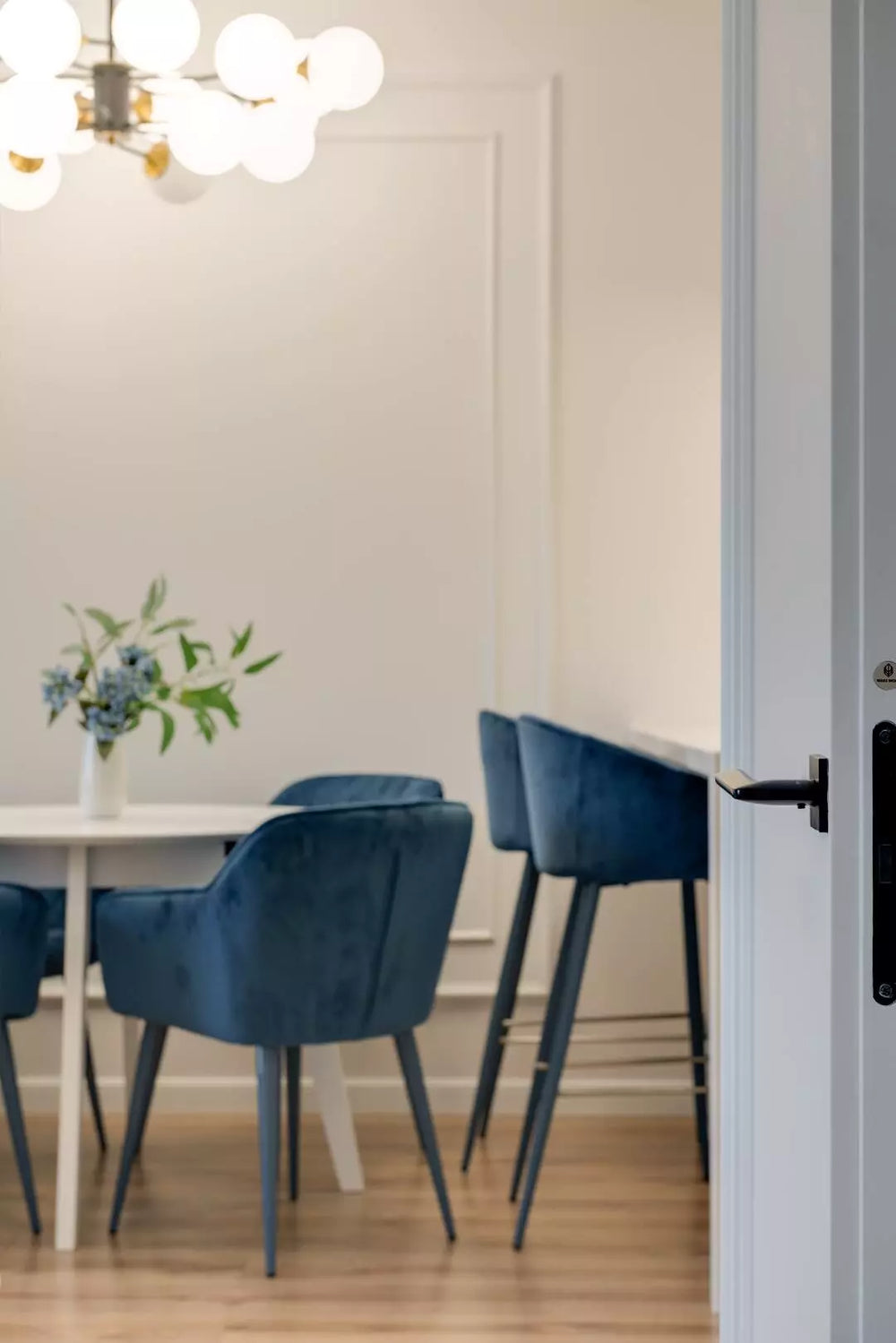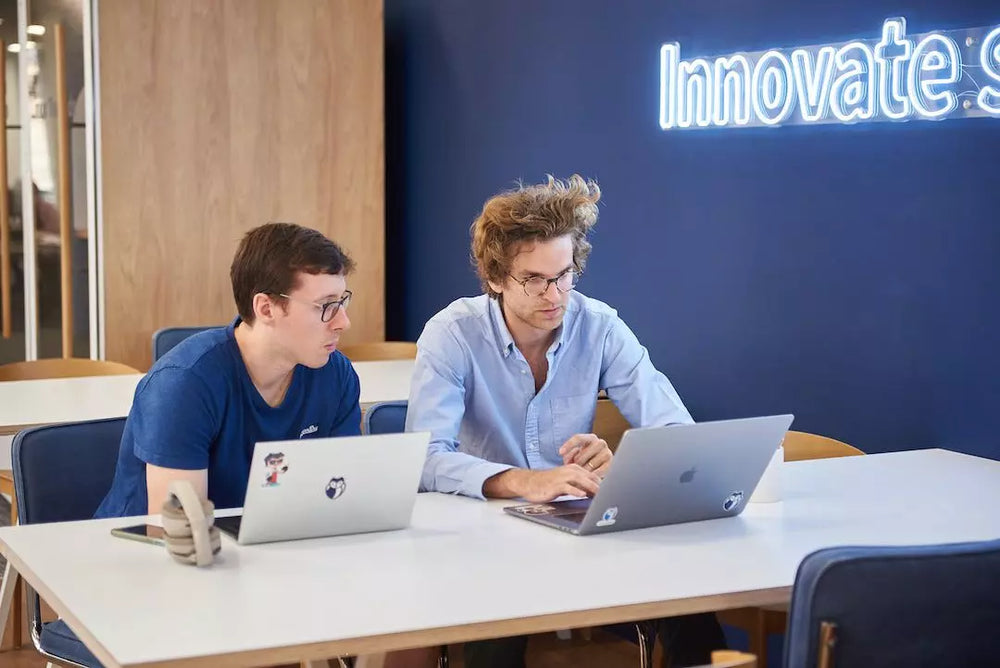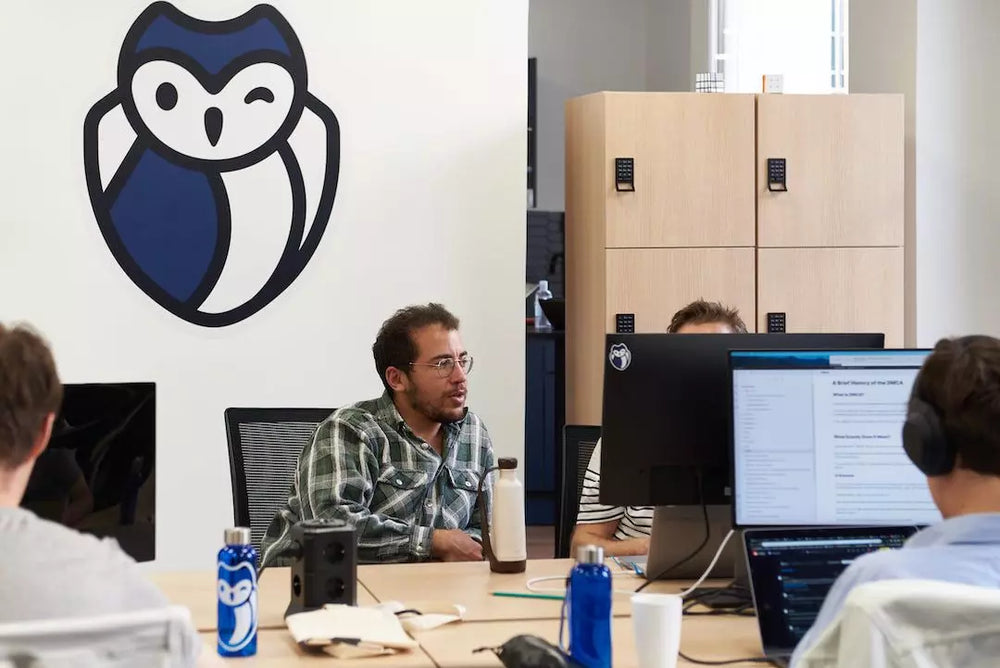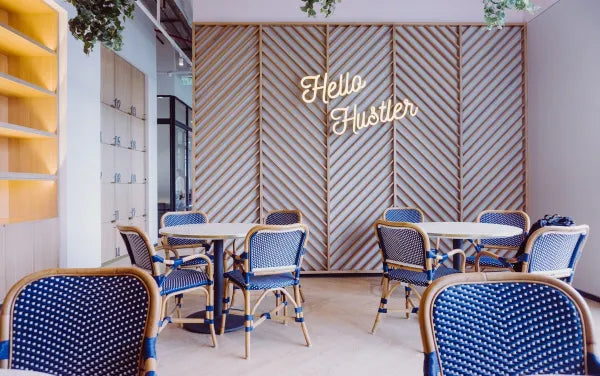On July 7, the American giant Amazon announced its desire to have its employees return to the company's offices: "Our plan is to return to a culture centered on the office as a baseline. We believe that this allows us to invent, collaborate and learn together in the most effective way.
Digital fatigue, to which are added the complexity of working from home for many employees and the natural need to socialize in person, no doubt explains why many companies and employees are now, more than a year and a half after the start of the pandemic, a return to the office.
"The open space, which appeared in the 1950s in Germany, almost universally adopted since the end of the 1990s but today very often decried, could therefore well find favor with employees tired of working at home. The massive adoption of the However, teleworking and new teleconferencing technologies have changed work practices and forms of collaboration.Is open space still the best way to promote collaboration within a company?Can it remain unchanged or will it have to evolve to adapt to new health practices and constraints?
Rethinking the design of office spaces from the angle of the workplace strategy
The "workplace strategy", which can be translated as "work environment strategy", is defined as "the dynamic alignment of an organization's work methods with the work environment in order to allow peaks performance and reduce costs" by the Journal of Corporate Real Estate ( Savage, A.―Workplace Strategy: What it is and why you should care‖ Journal of Corporate Real Estate, Vol. 7 No. 3, 2005 ). More concretely, this approach involves “a systematic approach to improving the effectiveness and efficiency of the way the workspace is used by changing the way the workspace is laid out”.
The architecture, layout, design and furniture of a workspace are not trivial choices. Beyond their aesthetic or functional function, these parameters are indeed constraints to which employees must adjust or even adapt, both alone and collectively. Adding a large high table in the kitchen, reviewing the distribution of teams on the same floor, or even rearranging the reception area by adding a coffee corner, these can be details or more radical design changes that can encourage employees to engage in certain behaviors over others.

Functionality and symbolism
In her article How to design workspaces that spur collaboration (American Press Institute) dedicated to the design of the workspaces of certain media companies, Dana Coester, professor at West Virginia University Reed College of Media, recounts the subtleties of the redesign of the headquarters of a famous American newspaper: "In the newsroom of the [ Washington ] Post , each desk has a storage box with a cushion on top that can be moved to sit on it, like an ottoman." Editor-in-chief Tracy Grant explains the reasoning: "Now, instead of leaning over your shoulder, an editor sits with you side-by-side. It's symbolic and practical."
For Quentin Audrain, co-founder of Yemanja, an office design and layout studio specializing in start-ups, “the workspace is above all human issues in the broad sense”. According to him, “For decades workspaces have been thought of as a convenient place to provide employees with tools from which to work. Today, we are convinced that it is for human and HR issues. The office must be designed so that the teams meet, talk to each other, collaborate."
Adapt the design to the culture and way of working of the company
However, the design of workspaces must be adapted to the corporate culture and to the habits and customs of the teams because not all companies, and a fortiori their different departments, collaborate in the same way. It is therefore a question of first defining the layout of the space according to the testimonies collected from the teams before looking into the design itself. “If, for example, the team often tends to meet on Friday evenings in a bar, why not create a bar in the office?” "Explains Audrain. Tools now exist to facilitate this work. For example, the office real estate consulting firm Leosquare has developed the Workplace Strategy Tool, a decision support tool halfway between HR strategy and real estate strategy: thanks to anonymized interviews and a report on employee expectations, a personalized real estate action plan is defined.
The layout of the space also necessarily involves considering the distribution of the teams. Who should be next to whom to facilitate work and collaboration between employees? When CEWE France, a subsidiary of the CEWE group, European leader in the photo printing market, moved to its new premises in Clichy designed by Yemanja, it was an opportunity for Laurence Courtinat-Vernon, Managing Director France, Spain, to rethink with his team the way the poles are mixed and grouped. “The marketing director and the sales director have made it a point of honor to bring together the divisions within their respective teams, which work together. The marketing director has placed her design team alongside the IT team, which reports to the sales director. If a designer draws web pages that are complicated to code, it slows everyone down.
With the new organization, the designer can turn around at any time to ask someone from IT directly for his opinion."
The pandemic forces you to adapt your workspaces to new practices
The workplace strategy therefore proposes to study the design, in the very broad sense, of the work environment to align it with the way the company must operate to maximize its productivity. The implementation of such a strategy is an opportunity to improve the design of workspaces but also to generate multiple benefits impacting all facets of an organization, well beyond the sole increase in productivity. : reduction of real estate costs and expenses, increase in employee satisfaction and therefore better retention of talent, increase in creativity and the spirit of innovation, or even greater organizational agility and flexibility.
At a time when the pandemic is forcing us to rethink office uses, the workplace strategy approach could well become popular. Indeed, widespread remote working has shown both the strengths and the shortcomings of the "digital workplace", this digital environment which brings together all the digital tools made available to employees by the company so that they can carry out their tasks.

Will the return of employees to open spaces boost their collaboration?
The question deserves to be asked because the open space, supposed to promote collaboration, could however cause the opposite effect. In a 2014 Harvard Business Review article ( Balancing “We” and “Me”: The Best Collaborative Spaces Also Support Solitude ), the three authors Christine Congdon, Donna Flynn and Melanie Redman explain that a workspace that wants to promote the collaboration must also allow its employees to work alone and calmly. Hence the relevance of using acoustic furniture .
Their research found that in 1980, after an initial wave of open office, 85% of American employees said they needed places to concentrate without distractions, and 52% said they lacked such spaces. To counter this concentration crisis, thousands of cubicles are invading offices across the United States. Ten years later, however, the trend is reversed: only 23% of employees wanted more privacy while 50% wanted to be in contact with others more easily and 40% wanted more interaction.
Taking the opposite view of the organization into cubicles , the revolution open space later spread: “Companies then responded by shifting their real estate allocation to open spaces that support collaboration and shrink zones for individual work. But the pendulum may have swung too far: our research now suggests that once again people feel an urgent need for more privacy, not only to work headlong, but also to cope with the intensity current work”.
It would therefore be a question of creating spaces to accommodate this need for intimacy or solitude in order to allow employees to switch from one mode of work to another and be more serene. Two approaches exist according to the three authors. On the one hand, the distributed model implies the nesting of zones where the collaborator can control the external stimulations in the workspaces. Asked about the ways in which this proximity can be created, Quentin Audrain from Yemanja explains that “it is a question of deporting the noise outside the open space by offering, in or near the open space, different alternatives, whether they are phonebooths, “hot desks” that is to say small high tables arranged in a small space or a corner, or meeting rooms”.
Conversely, the zone model allocates within the spaces an area, a floor or even a room (like a library or a rest room for example) to a silent practice. This is the case, for example, of the Dataiku offices, designed by Yemanja, where there is a “quiet room” with high and low seats and able to accommodate nearly 50 people out of a total of approximately 350 employees.
The flex office, champion of collaboration?
If we take into account the quota rules, those of social distancing, those of remote working in turn privileged or made compulsory, it is unlikely that a company will achieve an occupancy rate of its offices similar to that before the pandemic. And this rate was already very low since office workstations were occupied only 50% of the time (Structural impacts of the transformation of working methods on the tertiary real estate market, 2020, Deloitte). Does it still make sense then to give so much space to desks and chairs if the employees no longer come every day?
The pandemic could make ' flex office ' working more popular with businesses. While the traditional organization scheme of a company assigns an individual office to each of its employees, the "flex office" favors flexibility: there is no assigned place, each employee settles there where he wants. This therefore implies that, depending on the occupation of the workspaces by other employees, the reasons which lead them to come to the office (a team meeting, a brainstorming session, a group work session, etc. .) and his mood, an employee can sit in a different place each time he comes.
For Antoine Loron, CEO of the startup Hublo, the flex office was obvious before the first confinement. For him, who "doesn't really like people falling into their little work habits", this mode of organization allows "to get out of his comfort zone and gives the possibility of being seated next to other colleagues we would not necessarily have rubbed shoulders, and therefore to know more people".
Going into flex mode, however, requires rethinking the employee journey in the same way that a retail team would approach the customer journey. Julien Diard, founder of MOORE Design, one of the biggest players in the development of work and hotel spaces in France, explains: “We come back to all the codes of retail. You have to understand the employee's journey: where does it arrive? Where does he put his stuff? Where will he work? Where is he going to have his coffee? And how will he find his colleagues? How will it be managed?”. Flex office is not necessarily suitable for everyone, however, he points out. Indeed, companies from traditional sectors such as construction or heavy industries have an organization that is far too pyramidal to be able to adapt to this mode of organization.

Exceptions do exist, however. Julien Diard mentions in particular the flex office project for the agri-food giant Unilever with whom MOORE Design works. Nearly 50% of workstations will be removed to make way for more than 40 new creative spaces fitted out with platforms, benches, tables on wheels, etc. Only employees of support functions such as accounting or finance keep their assigned office.
The flex office would therefore be a mode of organization that would maximize serendipity and encounters and therefore would ultimately promote more collaboration between teams that, naturally, rarely meet. It also offers the opportunity to reduce costs related to the management and occupation of premises or to reallocate budget and surface area to meeting rooms, creative spaces or gathering places such as the cafeteria.
The cafeteria remains the centerpiece
The cafeteria is a place of gathering and socialization which contributes enormously to promoting and nurturing the spirit of collaboration. It is in any case the conviction which guided the reorganization of the offices of Pixar by Steve Jobs then freshly arrived at the direction of the company. At the time, the teams of developers were gathered in one building, the designers in a second, and the managers and publishers in a third. For Jobs, separating these teams, each with a different culture and approach, could only discourage them from exchanging ideas and collaborating. Everyone would undoubtedly benefit from meeting in the cafeteria where unexpected conversations can allow a lot of information to be conveyed and, ultimately, give rise to new collaborations. "If a building doesn't encourage that, you'll lose a lot of the innovation and magic that is born through serendipity," says Jobs.

The new manager decided to oversee the construction of the brand new headquarters, which began in 1998: "So we designed the headquarters to ensure that people would come out of their offices and mix in the atrium with people they wouldn't have not seen otherwise". Here are now all the teams gathered under the same roof and around the atrium, a huge and very bright hall hosting a kitchen, a cafeteria, sofas, etc. and also the only restrooms in the building - a decision made on purpose to force employees to pass each other.
However, not all corporate kitchens and cafeterias are alike. Julien Diard of MOORE Design remembers, for example, the kitchen area of the startup Alan, which occupies nearly 15% of the surface of the premises and accommodates a dazzling quantity of microwaves. For what ? Because getting food delivered, reheating meals and having lunch together has been part of the team's habits since the company's earliest days. “You always have to take into account the DNA of a company, its history” concludes Julien Diard.





